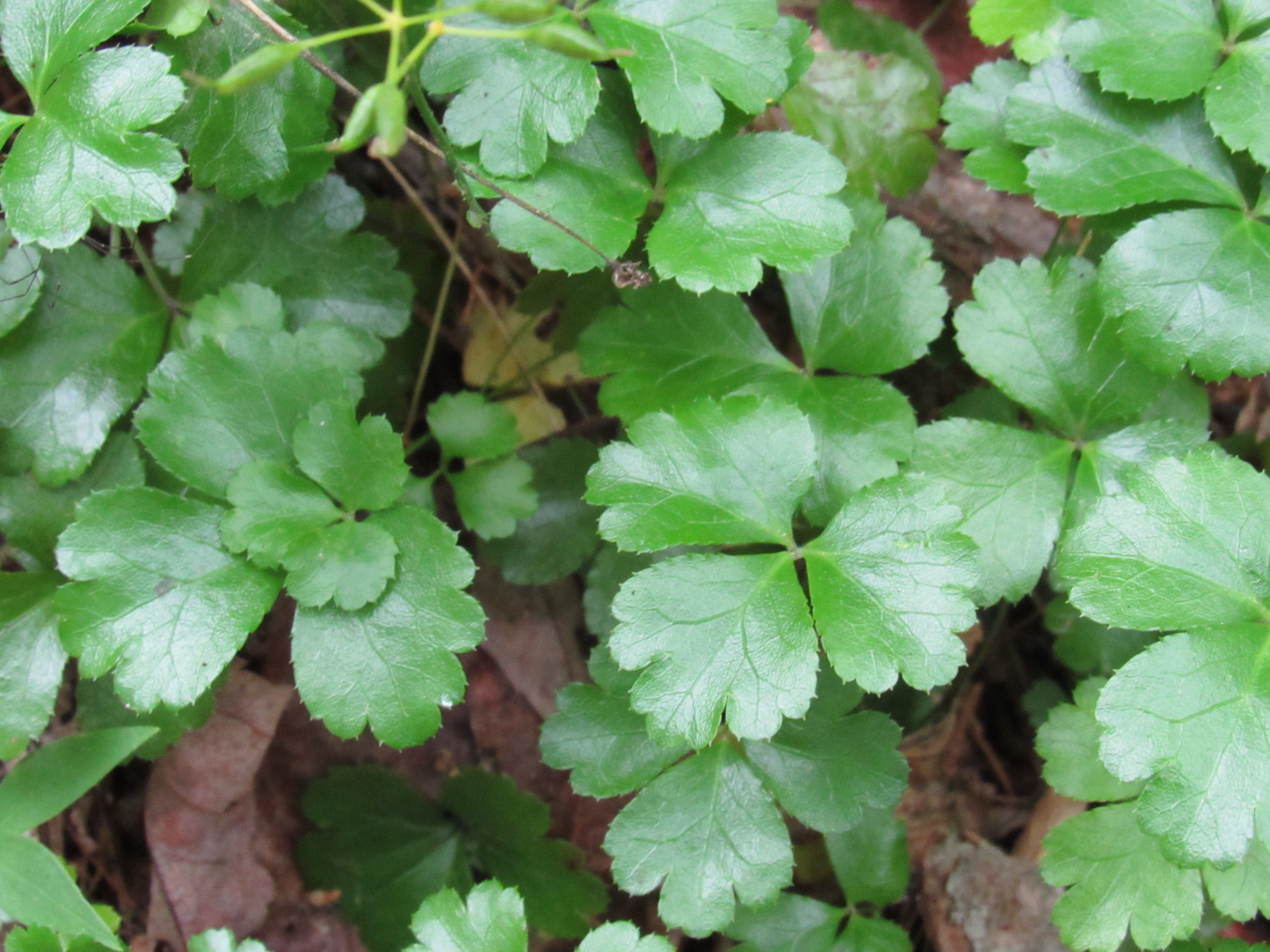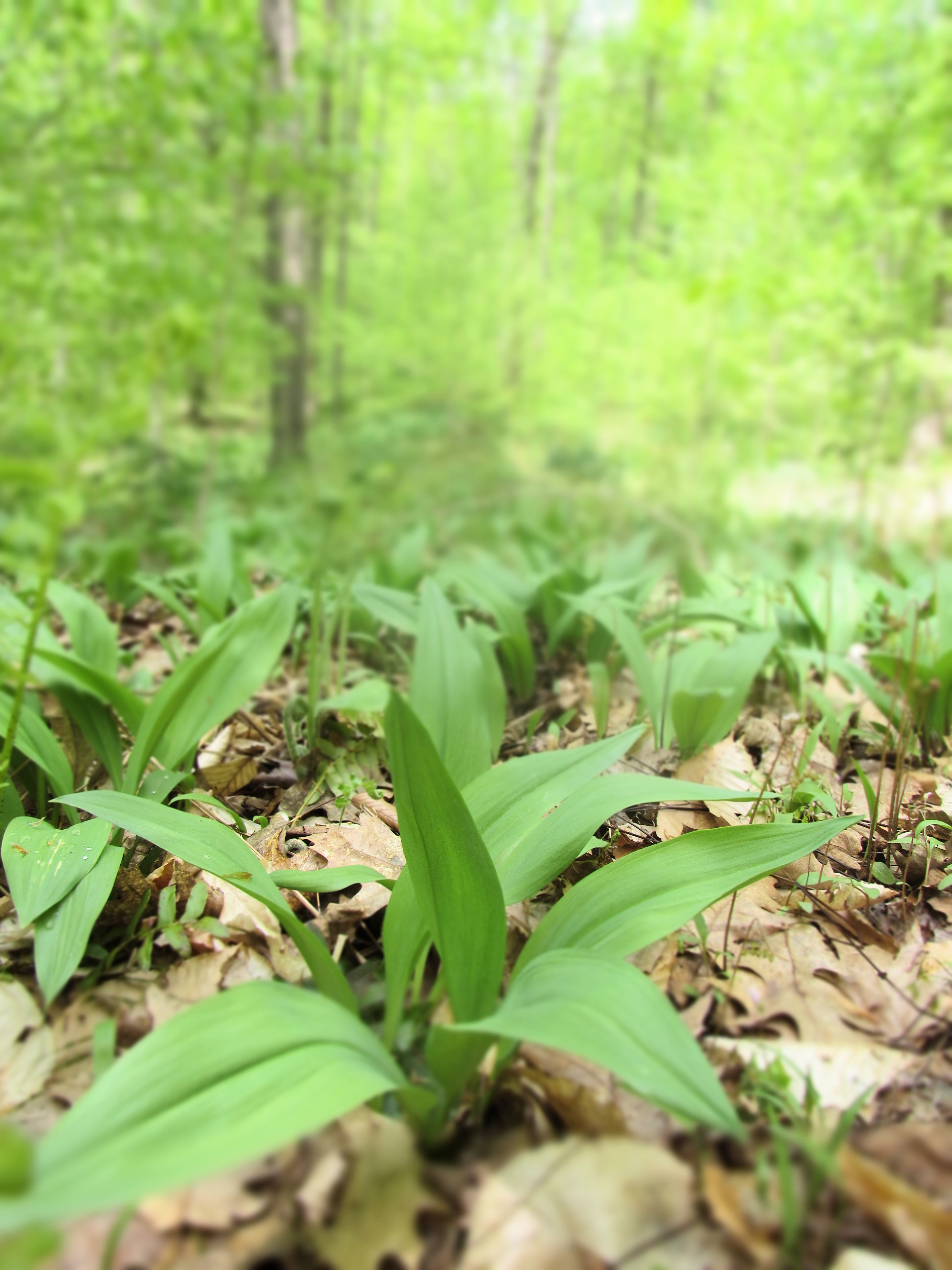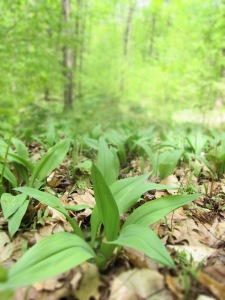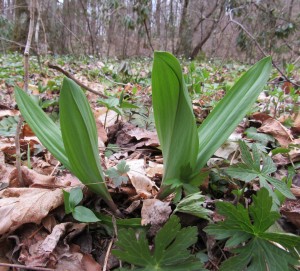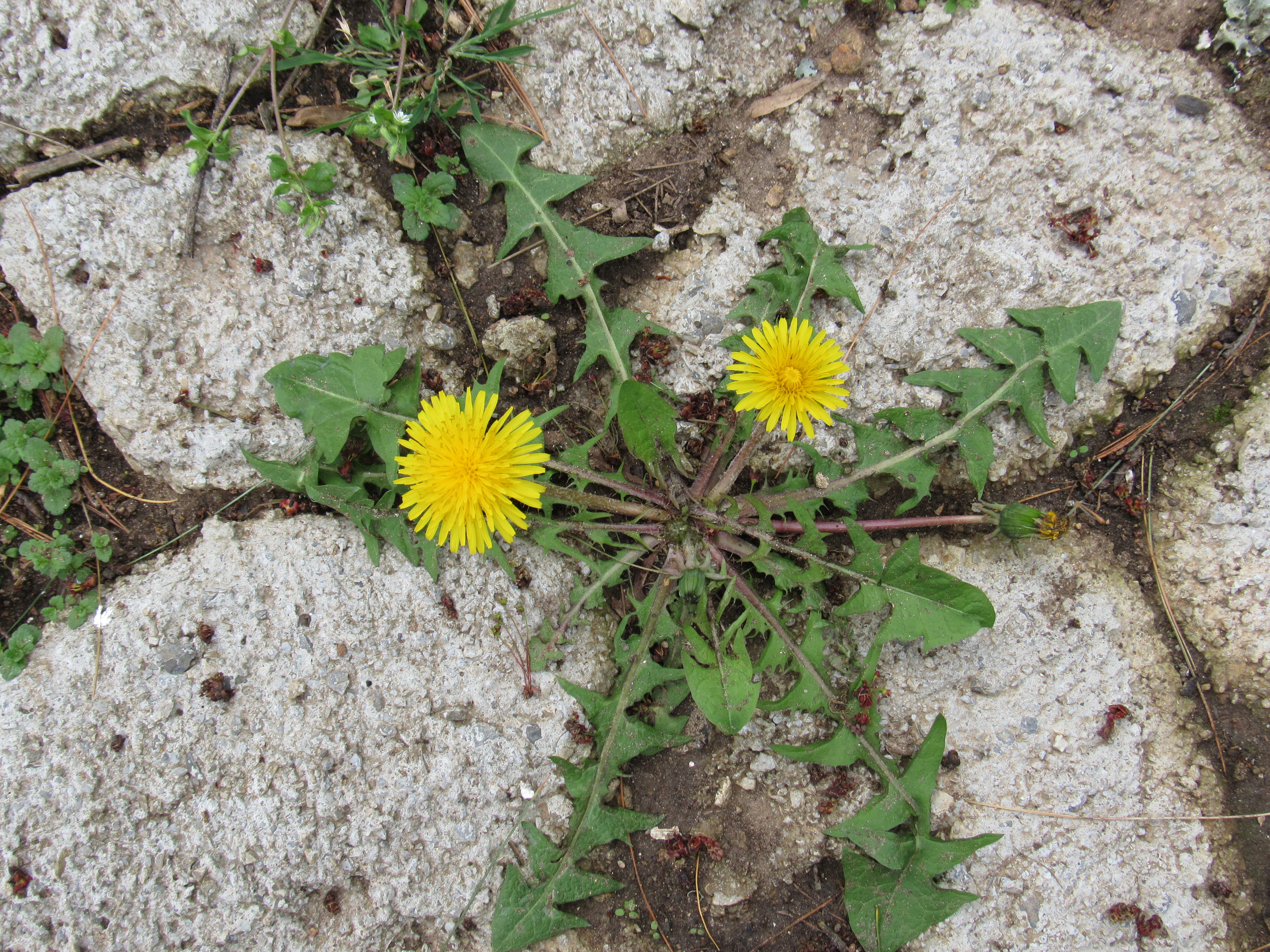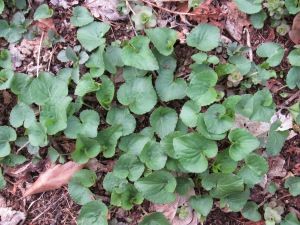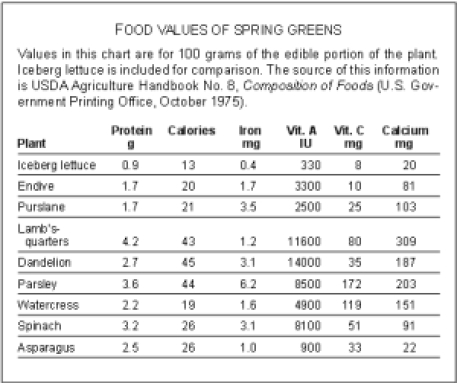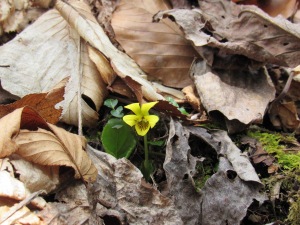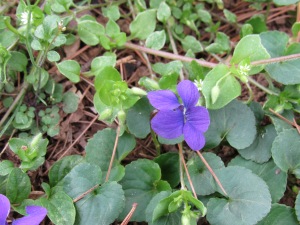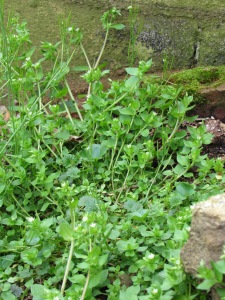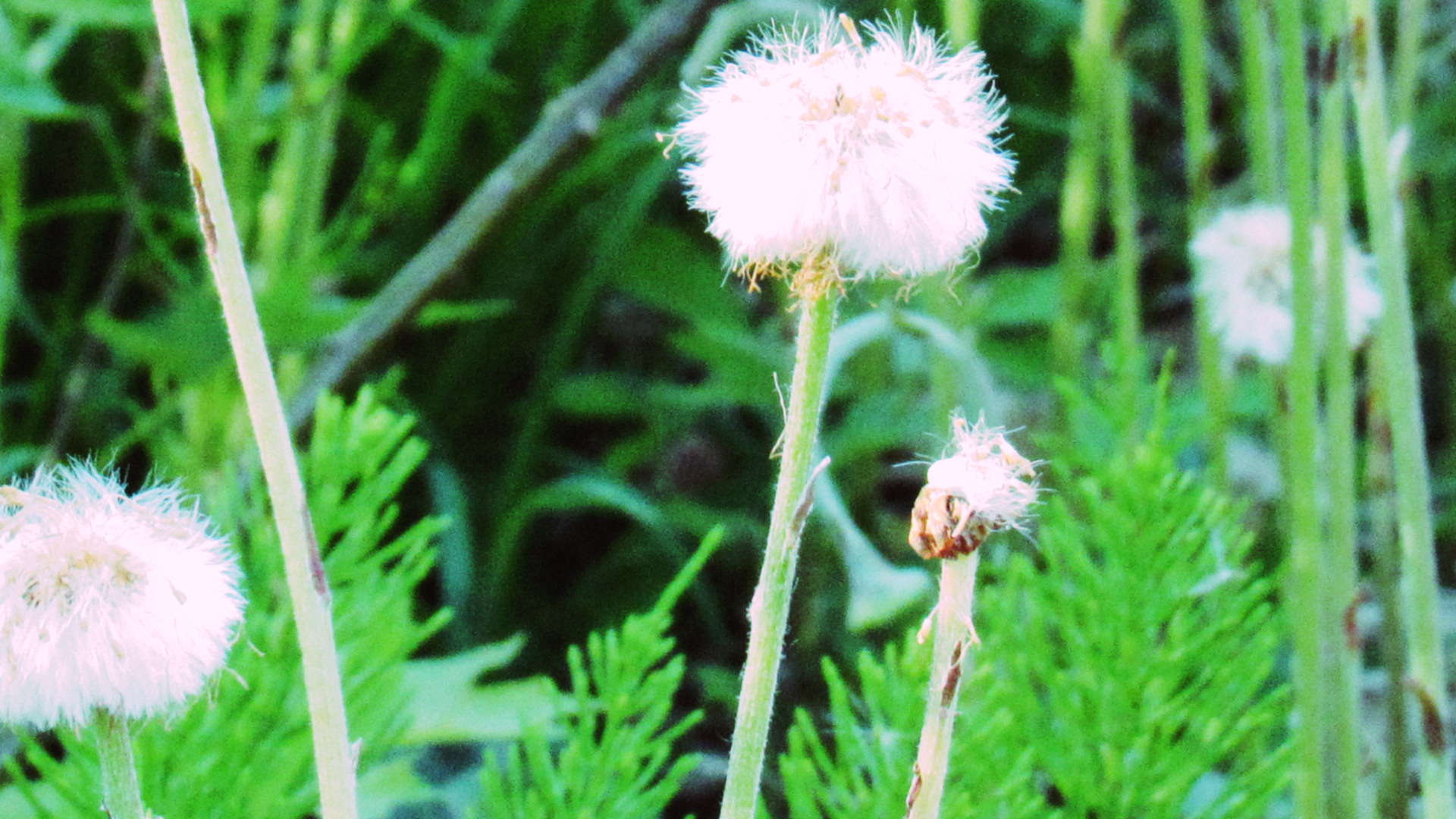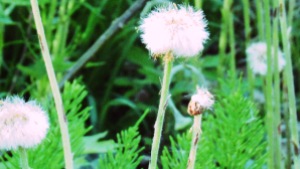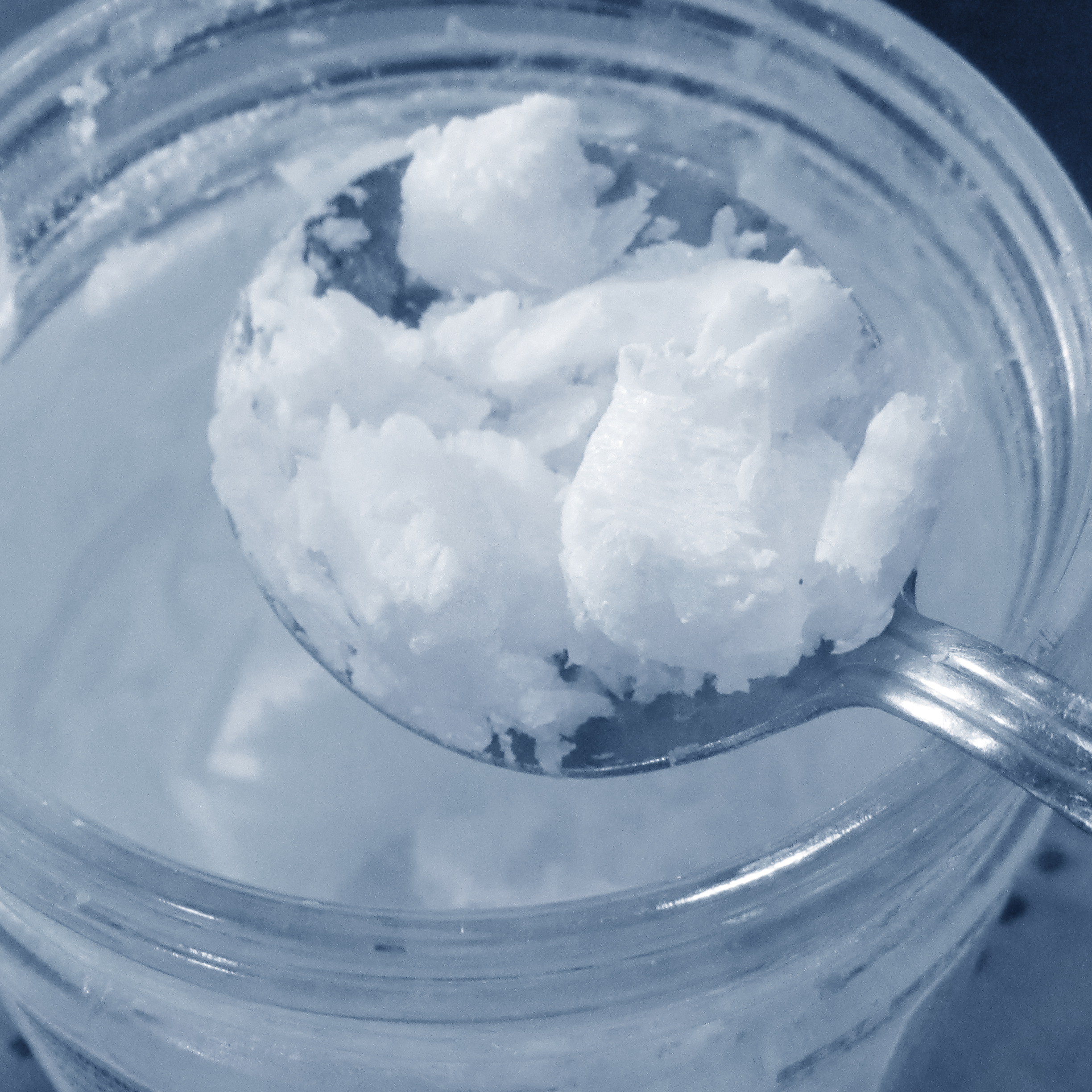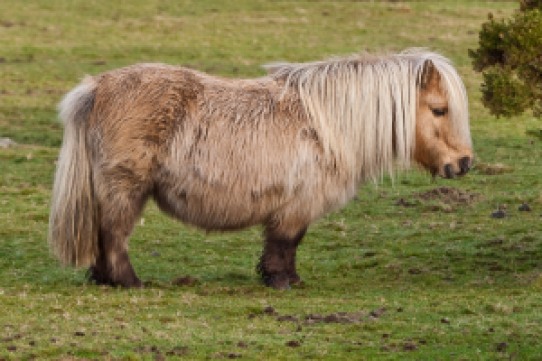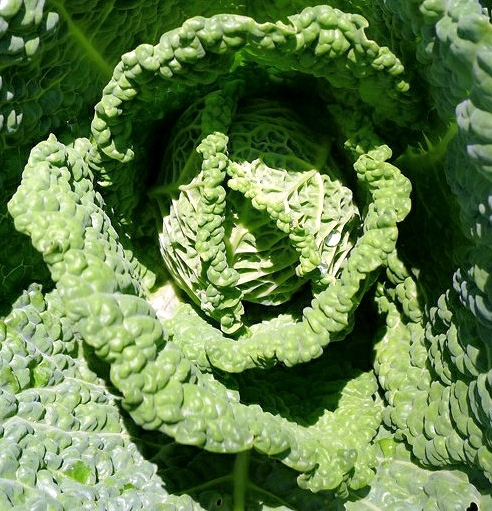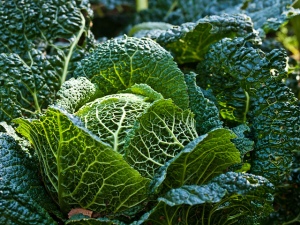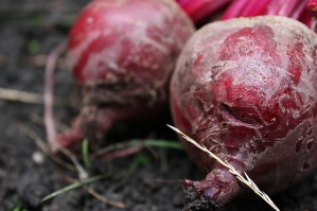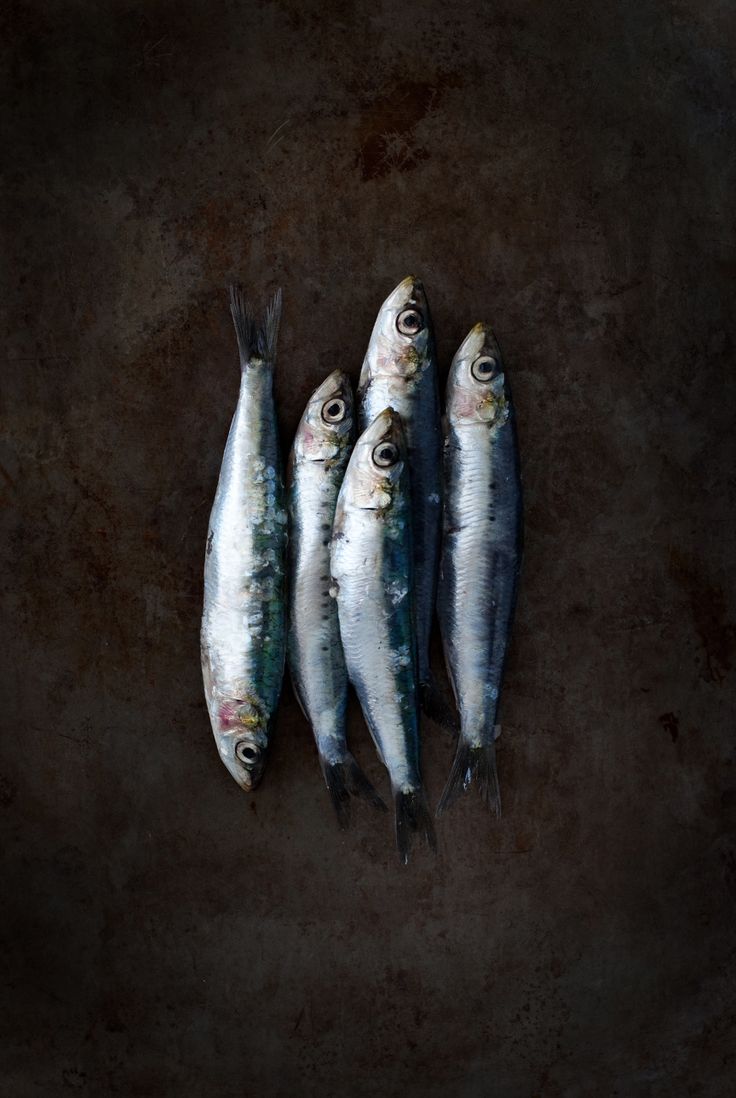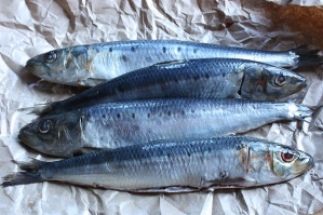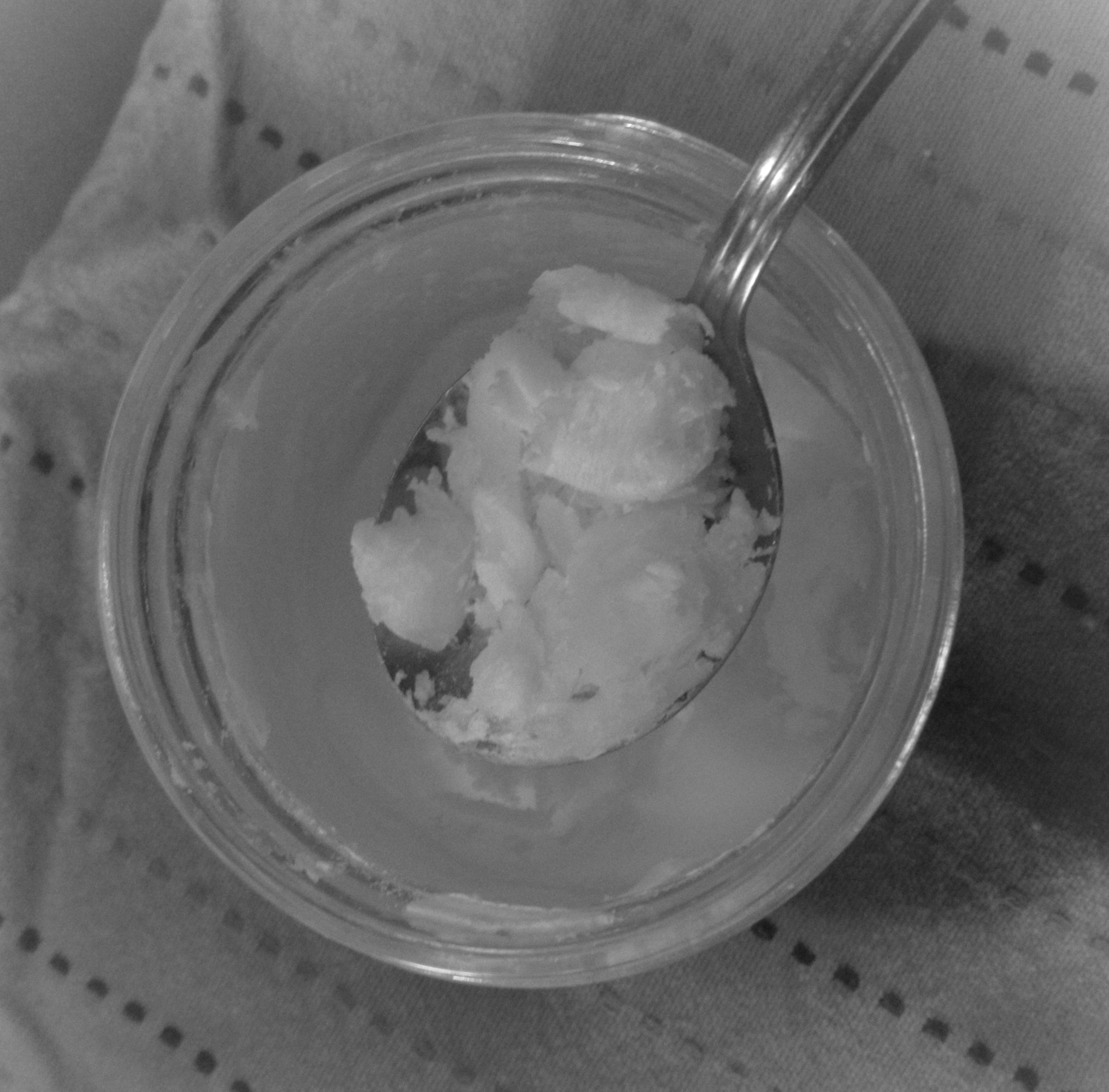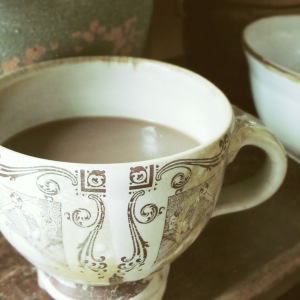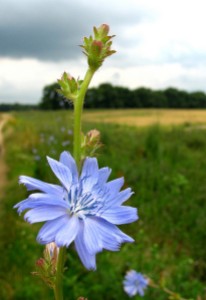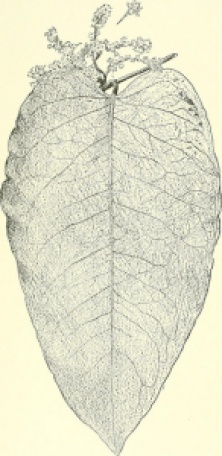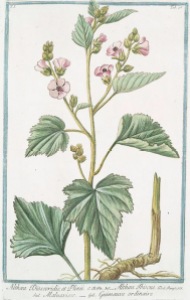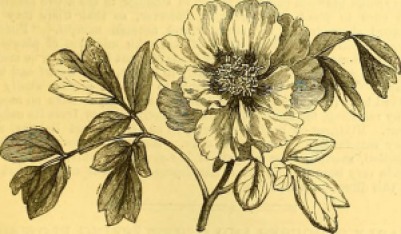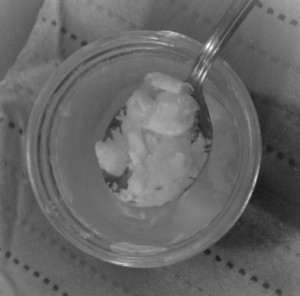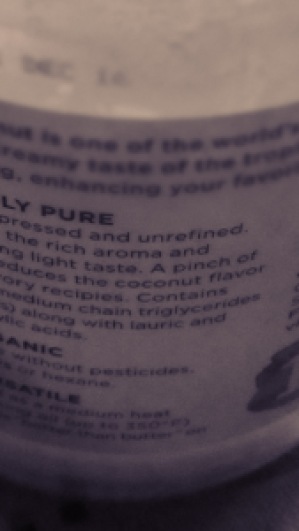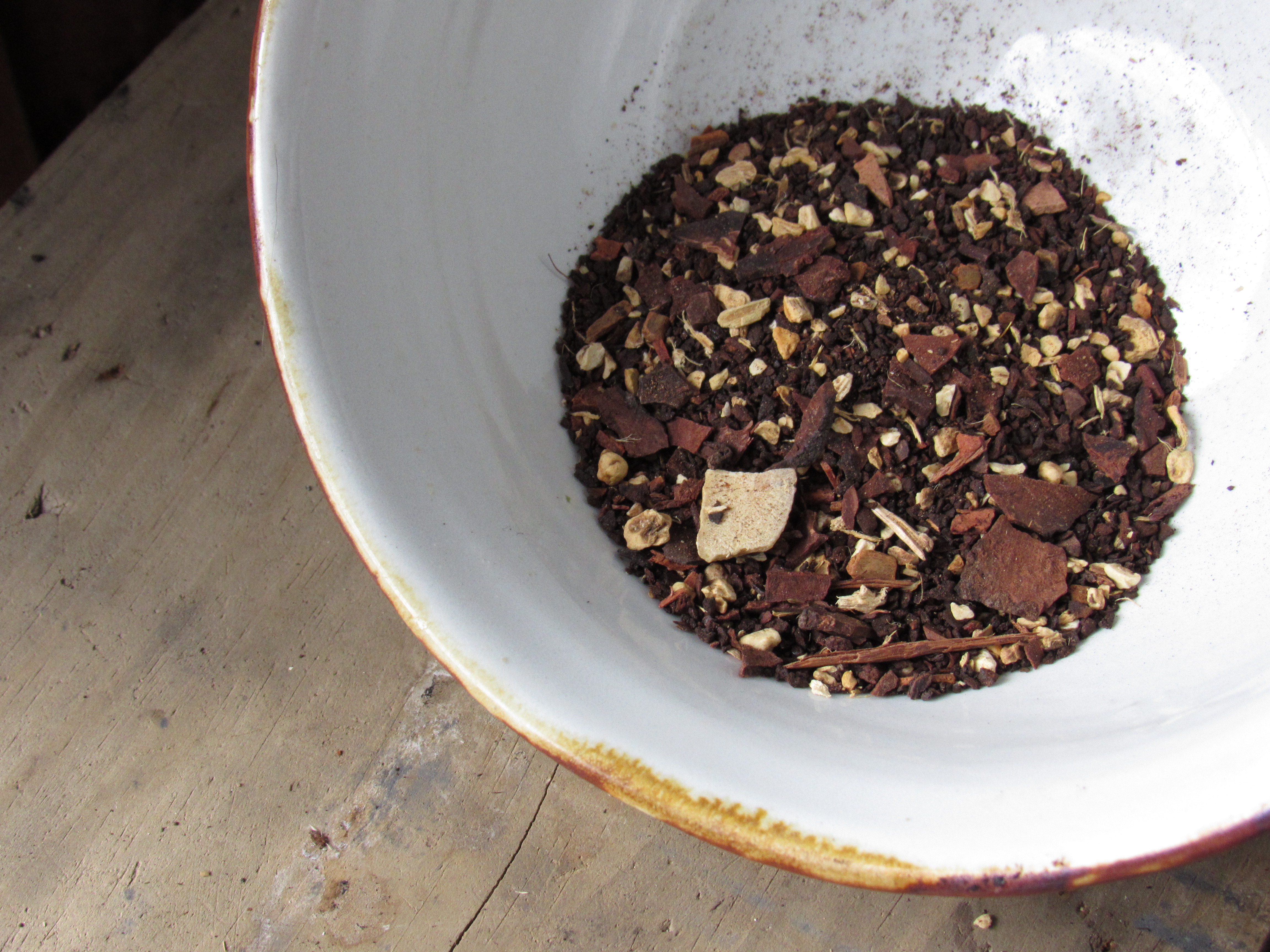You know how a dog can be excited about the same darn ball over and over again, like every time you throw it for her its always the first time she’s ever had the opportunity to fetch anything at all?
I can be that way with plants, irrationally excited to see the same old friend who I just sat next to five minutes ago. It’s an especially prominent pattern for me up in these north woods, where I regularly meet botanical friends who are absent or uncommon in the Carolinas where I’m from.
Like Coptis.
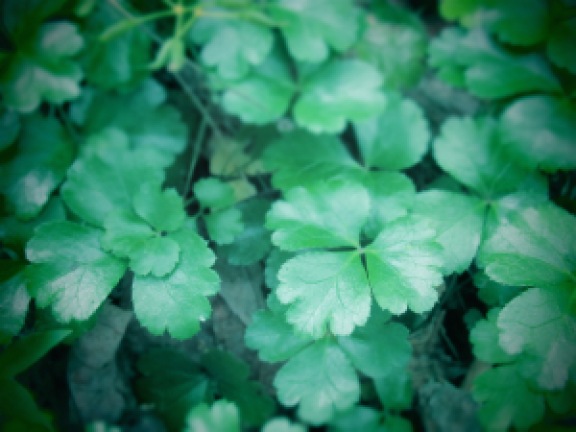 The mere sight of Coptis (Coptis trifolia, Ranunculaceae) being its green, elegant, un-assuming self has offered proof this spring of the end of cold weather. This little herb has three delicate leathery leaves and fine yellow-gold threads for roots that connect shallowly in the soil, with a flower. I think the eclectic physicians Felter and Lloyd King’s American Dispensatory (1898) wax eloquent on the botanical identification of Coptis, and I’ve rearranged their description in a sort of stanza:
The mere sight of Coptis (Coptis trifolia, Ranunculaceae) being its green, elegant, un-assuming self has offered proof this spring of the end of cold weather. This little herb has three delicate leathery leaves and fine yellow-gold threads for roots that connect shallowly in the soil, with a flower. I think the eclectic physicians Felter and Lloyd King’s American Dispensatory (1898) wax eloquent on the botanical identification of Coptis, and I’ve rearranged their description in a sort of stanza:
Rhizome, slender, creeping, bright yellow, branched
sending at intervals of four to six inches
clusters of leaves and flowers.
Leaves all radical in tufts, surrounded at base by yellowish scales;
Petiole slender, erect or reclining.
Leaves evergreen, veiny, firm, smooth, shining, palmately ternate
margins sharply, mucronately and crenately toothed,
Flowers, solitary, radical, white,
borne on a slender, erect scape and bearing, above the middle,
a single small bract.
Fruit, three to ten, dry membranous follicles,
slenderly stipitate at the base,
and tipped with the persistent curved style at the apex.
Seed five to ten,
small, horizontal, black.
Coptis aspleniifolia (spleenwort-leaf goldthread) and Coptis occidentalis (Idaho goldthread) are popular herbs native to North America. Traditionally the rhizome of this herb are the parts used medicinally. The gold indicates that this herb is one of several that contain berberine, a bright yellow-golds alkaloid that is strongly antimicrobial and soothing to inflamed tissues, famous in the treatment of bacterial, viral, fungal, yeast, and parasitic infections. I bet you’re familiar with other berberine-containing herbs, yes?
Oregon Grape (Berberis aquafolium)
Yellow Root (Xanthorrhiza simplississima)
Golden Seal (Hydrastis canadensis)
Japanese Barberry (Berberis thunbergii)
Chinese researchers Jing Liu, MD, PhD and Zhengwei He, PhD., note that coptis (Huang Lian, Coptis chinensis) is a widely used therapeutic ally in Chinese medicine, which recognizes 15 species in the genus. The ancient medical text the Divine Husband’s Classic of the Materia Medica is the first known description of the medicinal use of coptis in Chinese medicine, and it recognizes the prominent uses of the herb as heat-clearing, detoxifying, and dispelling dampness. In modern Chinese medical practice, Coptis is widely used for myriad infectious and inflammatory conditions.
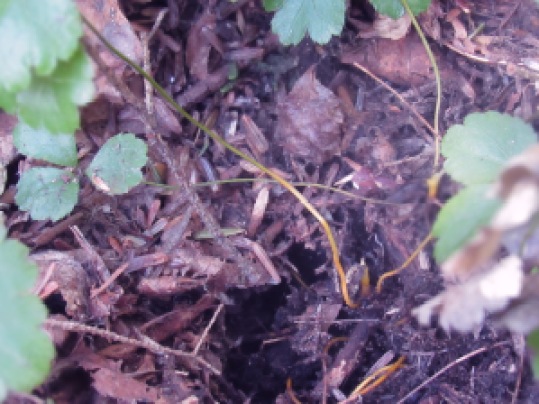
The authors further note that in particular, recent research suggests the use of Coptis for acne, GI infection involving heliobater pylori bacteria, and conditions responding poorly to antibiotic treatment. Subhuti Dharmananda, PhD, who is the director of the Institute for Traditional Medicine in Portland, Oregon, observes that the damp-heat syndromes particularly relating to GI, respiratory, and skin infections are an indication for the use of berberine herbs. Dharmananda reports that berberines have been used successfully in modern chinese medicine to treat acude cases of gastoenteritis, cholera, and bacillary dysentery, and that lab trials have shown in vitro inhibition of giardia and candida growth upon berberine applications.
While reading about Coptis, I learned that current research shows berberine-containing herbs to be useful in the prevention and treatment of insulin resistance and diabetes, cardivoascular diseases, certain cancers, and perhaps even dementia.
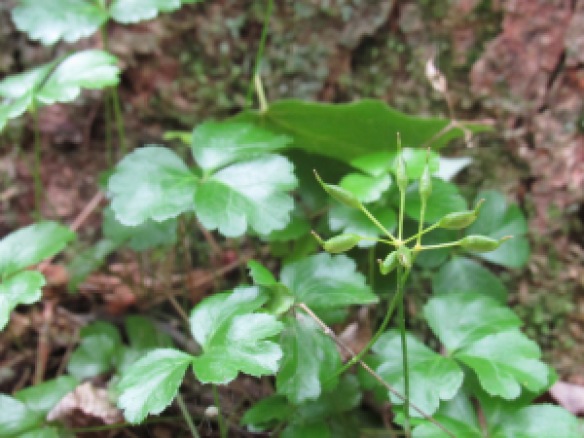
According to Dr. Julian Whitaker (http://www.whitakerwellness.com/health-concerns/diabetes-treatment/berberine-diabetes/), several threads of research indicate that an isolated berberine compound was found to be as effective as metformin, which is the most commonly proscribed drug for Type 2 Diabetes. He notes that in one clinical trial, diabetic patients with dyslipidemia (dysregulated cholesterol and triglycerides) who use a berberine supplement for three months resulted in blood sugar improvements that compared favorable with results from existing pharmaceuticals on the market. Dr. Whitaker goes on to explain how berberines work in the regulation of triglycerides and blood sugars.
“Berberine targets a very basic and ancient regulator of metabolism present in all animals and plants called AMP-activated protein kinase (AMPK).Activated by decreased ATP (energy) production, AMPK turns on multiple protective metabolic pathways to ensure survival in times of stress [. . .]”
Here are some of the things that AMPK does:
+ Increases insulin sensitivity by encouraging cells to take in glucose
+ Reduces the production of glucose in the liver, which is overactive in people with diabetes
+ Slows down the release of free fatty acid, which in turn reduces serum lipid levels
+ Stimulates mitochondrial function, which in turn produces energy for the body
+ Lowers blood pressure and prevents atherosclerosis by release Nitrous oxide, which signals arteries to relax and open, increasing blood flow
+ Regulates cancerous proliferation by inhibitsing a biochemical pathway called mTORC1, which is cell-proliferative and inhibits normal cell death (apoptosis)
Pretty nifty, eh? Suddenly it seems worth the poking and wrestling required in an Oregon Grape patch in pursuit of those golden roots.
Some words of warning, of course. In ways similar to pharmaceutical antibiotics, I have seen berberines, and goldenseal in particular, become unhelpful in cases of infection when communities of people over-use or otherwise misuse berberine herbs. Microbes seem to be able to evolve defenses against these herbs similarly to presciption antibiotics. Matthew Wood, in a paper called “Herbal First Aide,” writes that goldenseal at one point became a “fad herb” for cuts and infections because of the popular idea that is a “natural antibiotic” that will kill the germs which might infect a wound. Wood warns that, although goldenseal might be appropriate to close up a clean bleeding wound in which we might want to sprinkle golden seal powder to prevent bacterial invasion, a wound that is already dirty and infected in not an appropriate occasion for goldenseal, which may seal the inflammation, pus, and infection in (similarly to comfrey) and cause systemic infection. Additionally, Jing and Zhenwei warn that research shows a potential interference of antioxiants like berberine with chemotherapy.
At the very least, go meet the little creature. She usually doesn’t bite when you pet her.
RESOURCES
Felter and Harvey. King’s American Dispensatory. (1898) (www.henriettes-herb.com/eclectic/kings/coptis.html)
Dr. Julian Whitaker. http://www.whitakerwellness.com/health-concerns/diabetes-treatment/berberine-diabetes/
Tan W, et al. Anti-cancer natural products isolated from Chinese medicinal herbs. Chin Med. 2011 Jul;6(1):27.
Yin J, et al. Efficacy of berberine in patients with type 2 diabetes mellitus. Metabolism. 2008 May;57(5):712–717.
Zhang Y, et al. Treatment of type 2 diabetes and dyslipidemia with the natural plant alkaloid berberine. J Clin Endocrinol Metab. 2008 Jul;93(7):2559––2565.
Jing Liu, MD, PhD; Zhengwei He, PhD. Rationale and Problems for Use of Coptis and Berberine in Cancer chemoprevention. N A J Med Sci. 2008;1(1):38-43.
Wood, Matthew, Herbal First Aide.
